AI is being used to attract applicants and to predict a candidate’s fit for a position. But is it up to the task?
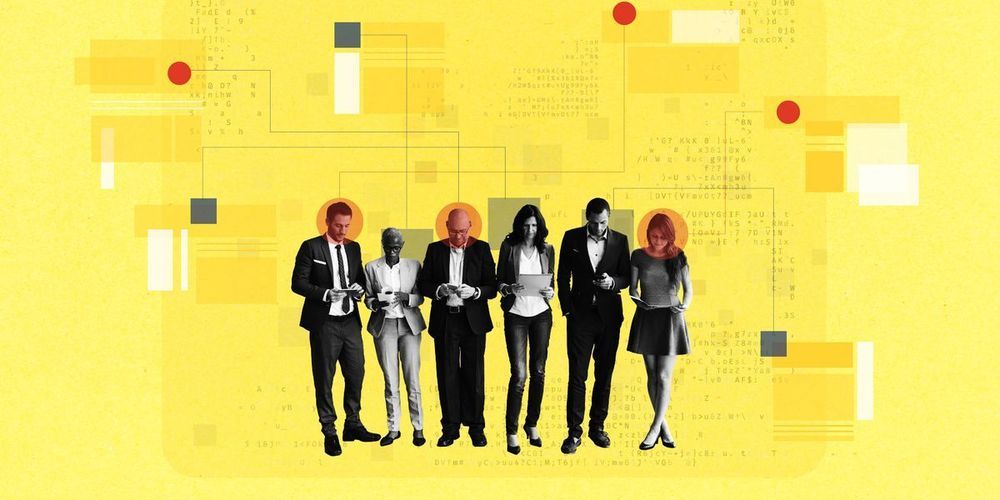

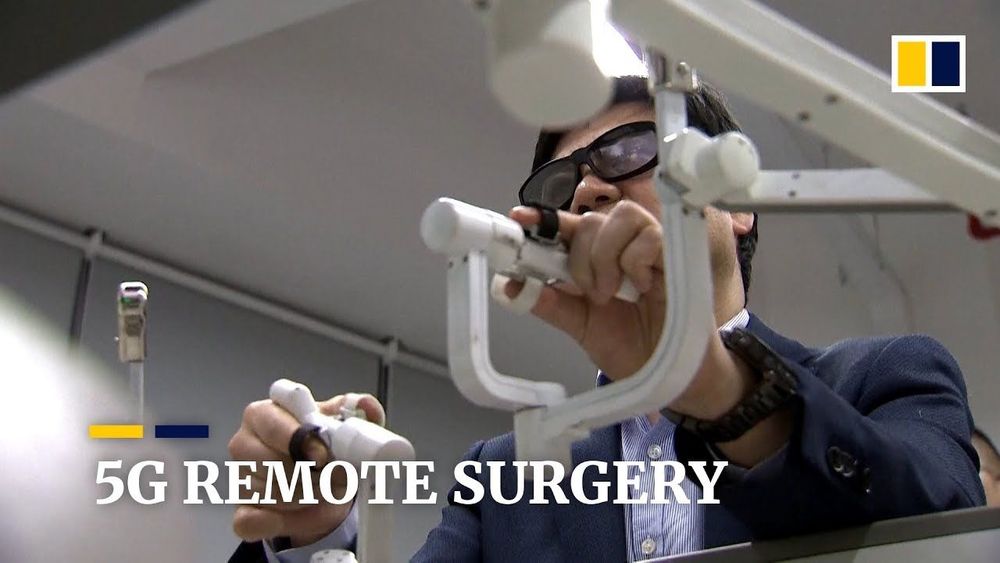
While these “moonshots” are still some years away, there are viable applications of 5G in the near term. South Korea launched the world’s first commercial 5G network in April and has seen data transfer rates rise from 50 megabits per second to over 700 Mbps. This enables the delivery of augmented reality, virtual reality and AI-enhanced real-time sports content.
With the arrival of next-generation mobile networks, new services like remote surgery will be suddenly feasible. More immediately, expect a boom in video traffic and augmented reality content.
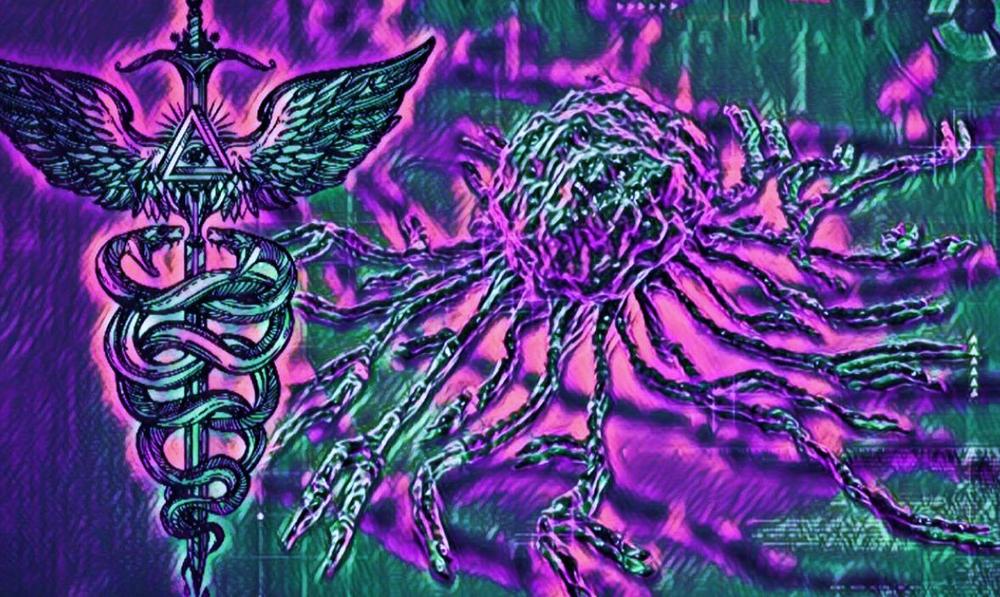
Wow, the shit flies are flying out of the trash cans of Earth… I myself do not desire the thought of man and machine becoming one literally bolted together. But only as Singularity has been now for centuries.
For centuries every technological marvel of the era man became the brain of the covered wagon the bicycle the car the train the Plane now Rocket ships.
Each machine man had to become one with it for it to work. Mans brain became machine like-calculating to operate these miracles of each generation.
NOW Suddenly on Google of all places these nay sayers with totally bogus reasoning are loudly speaking against Transhumanism and even loudly against Immortality, of which the likes of Nikola Tesla literally forcast-Prophesy…
So what say Ye about these new Johnny get your Gun and jump on what I now say is our collective vehicle and let us call our vehicle the Band Wagon.
They, so many now are joining the wave started by Who??? Many, such as the De Grey, Gennady Stolyarov, Ray Kurzweil, Jim Strole and Bernadeane and Ilia Stambler and the list could go on.
Now many garner attention by saying the same forecast the same words of Ray or De Grey then they go on tour.
Transhumanism is well underway, with human trials beginning in 2020. Their goal is to merge AI with humans, but it’s about so much more. This is a must read.
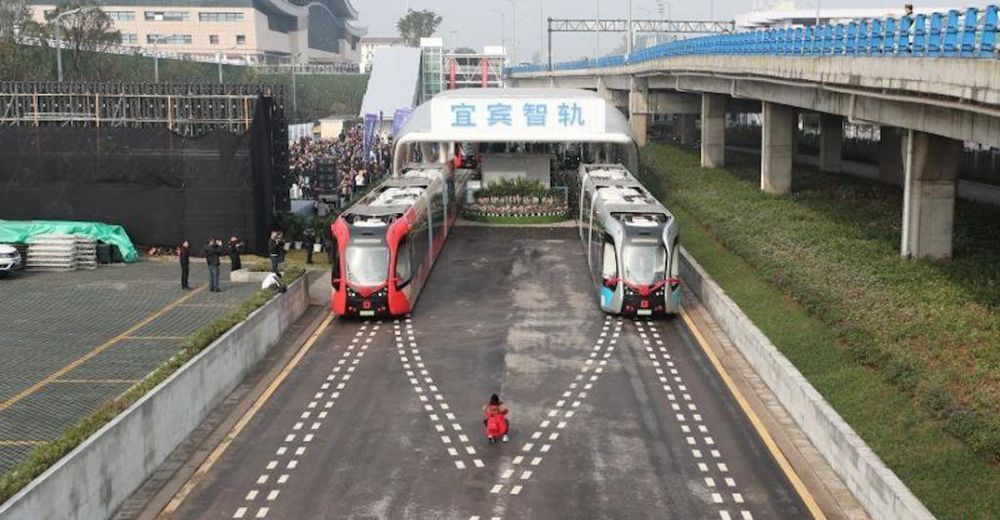
China’s ART has succeeded where its “Straddling Bus” could not, launching for commercial use for the first time in the Sichuan city of Yibin.
Dubbed the “Autonomous Rail Rapid Transit,” the ART is essentially a driverless tram that runs on “virtual rails” mapped out by cameras and censors — so, it’s kinda like a bus too.
The Yibin ART T1 line extends for 17.7 kilometers. It’s expected to serve more than 10,000 passengers daily, a number that will go up to 25,000 once the line is extended to a high-speed railway station.

Upcoming webinar on the state of AI with Ray.
If you can’t attend, by signing up you’ll get the entire webinar for later viewing.
Seems interesting.
Join Peter Diamandis for a conversation with Ray Kurzweil, one of the world’s leading innovators, inventors, and futurists, with a 30 year track record of accurate predictions about technological advancement.
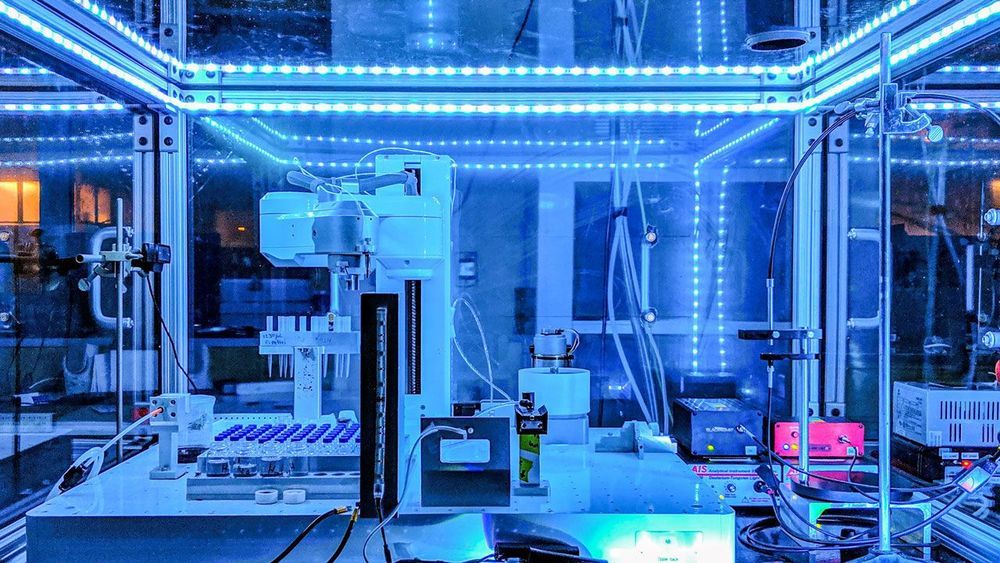
Decision-making algorithms transform how automated systems evaluate and synthesize novel compounds.

A California startup made the first cross-country trip completed by an autonomous truck, delivering 40,000 pounds of butter in under three days. The self-driving truck drove from the west coast to Pennsylvania.
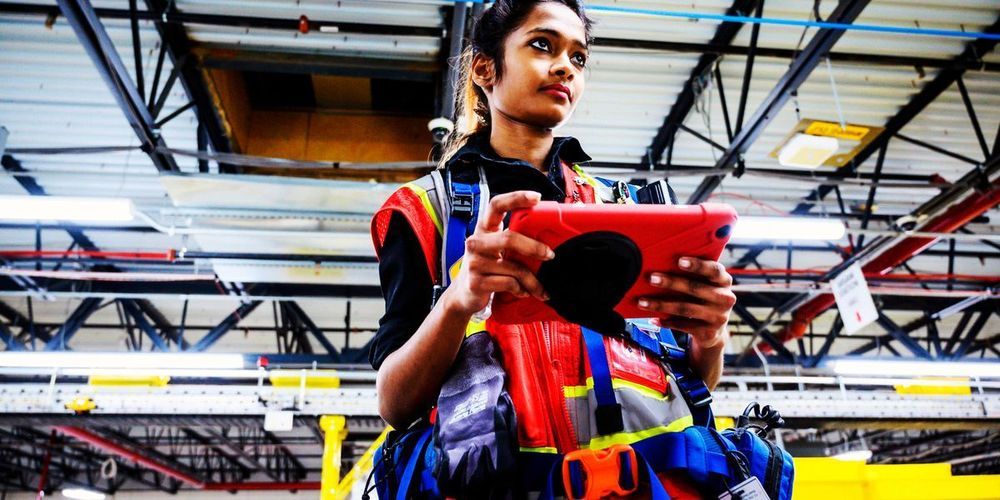
Today, Amazon has more than 200,000 mobile robots working inside its warehouse network, alongside hundreds of thousands of human workers. This robot army has helped the company fulfill its ever-increasing promises of speedy deliveries to Amazon Prime customers.
“They defined the expectations for the modern consumer,” said Scott Gravelle, the founder and CEO of Attabotics, a warehouse automation startup.
And those expectations of fast, free delivery driven by Amazon have led to a boom in the retail warehouse industry, with entrepreneurs like Gravelle and startups like Attabotics attempting to build smarter and cheaper robotic solutions to help both traditional retailers and younger e-commerce operations keep up with a behemoth like Amazon.
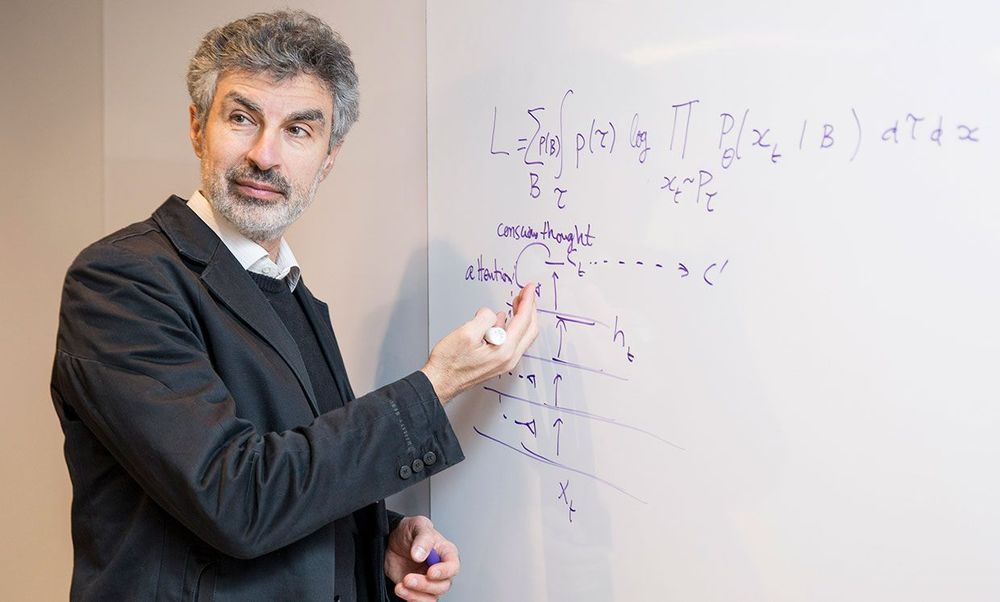
Yoshua Bengio is known as one of the “three musketeers” of deep learning, the type of artificial intelligence (AI) that dominates the field today.
Bengio, a professor at the University of Montreal, is credited with making key breakthroughs in the use of neural networks — and just as importantly, with persevering with the work through the long cold AI winter of the late 1980s and the 1990s, when most people thought that neural networks were a dead end.
He was rewarded for his perseverance in 2018, when he and his fellow musketeers (Geoffrey Hinton and Yann LeCun) won the Turing Award, which is often called the Nobel Prize of computing.
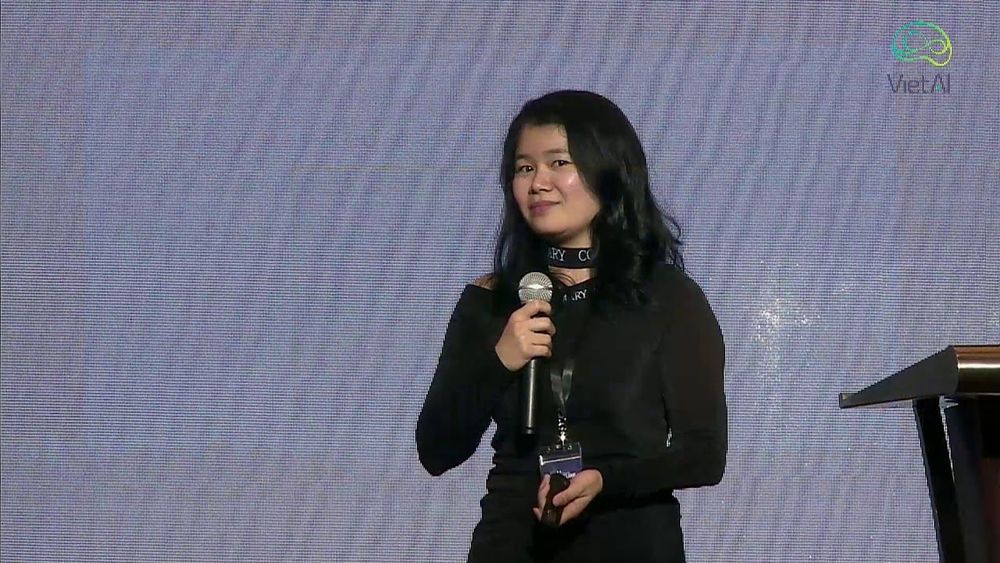
At the VietAI Summit 2019, Chip Huyen, Senior Deep Learning Engineer, NVIDIA, at SlatorCon San Francisco gave an insightful presentation about Machine Learning entitled “Machine Learning Interviews.”